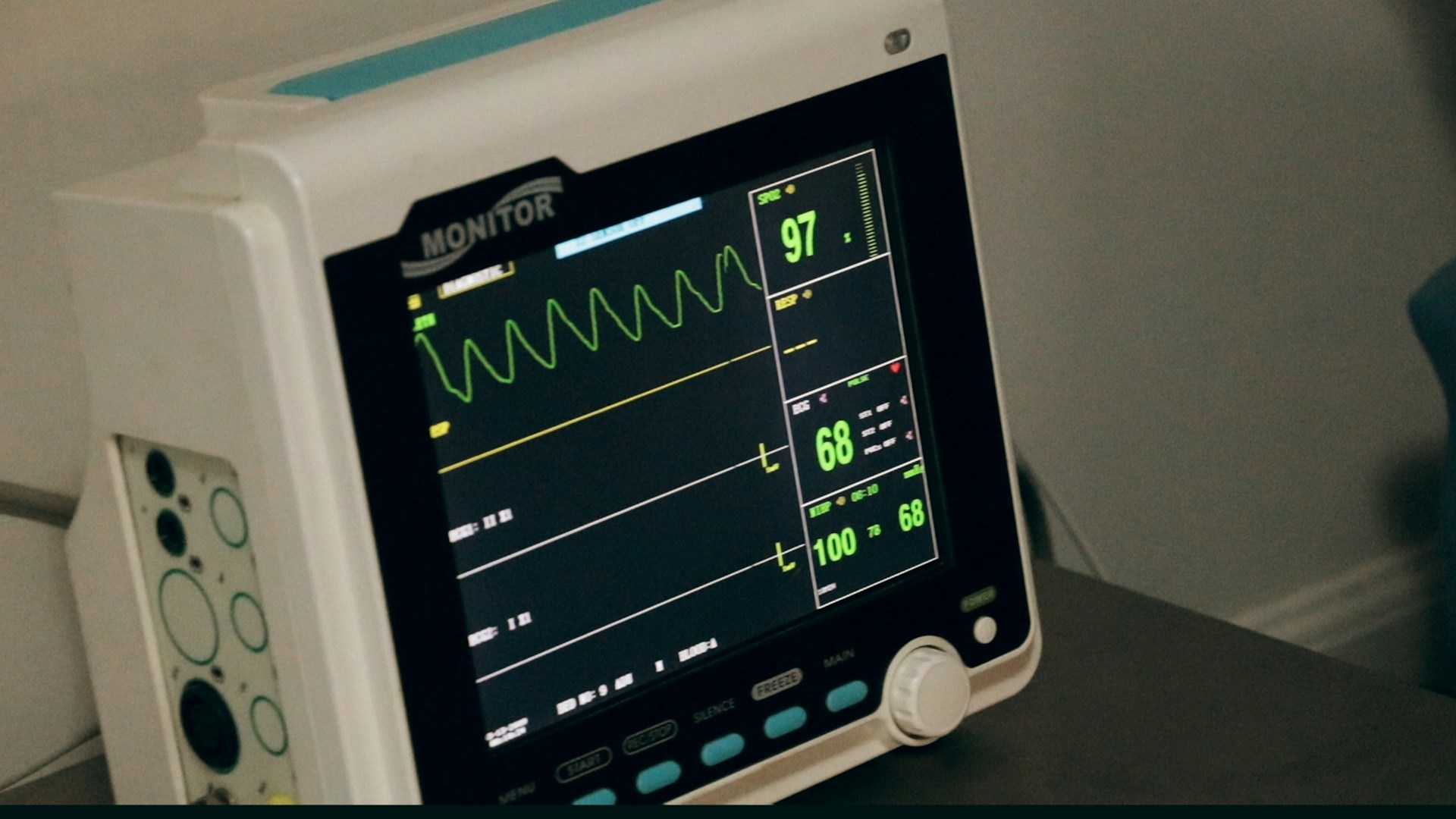In the rapidly evolving healthcare landscape, operational efficiency is the name of the game, and it has become a cornerstone of delivering high-quality patient care. Real-Time Location Systems (RTLS) provide unprecedented visibility into healthcare facilities’ intricate workflows and processes. However, the true power of RTLS lies in its ability to generate vast amounts of data that, when combined with advanced analytics, can unlock transformative insights and drive operational excellence.
Identifying Bottlenecks and Inefficiencies
One of the key advantages of RTLS data analytics is its ability to identify bottlenecks and inefficiencies within healthcare operations. By continuously monitoring the movements and interactions of patients and assets, RTLS systems generate a myriad of data that can be analyzed to pinpoint areas of congestion, delays, or suboptimal resource allocation. Advanced analytics algorithms can then be set to dissect & sift this data, uncovering patterns and making optimizations that are better for patient care.
Optimizing Workflows and Resource Allocation
Equipped with these insights, healthcare organizations can take proactive measures to optimize workflows and allocate resources more effectively. RTLS data analytics can reveal opportunities for streamlining processes, reducing redundancies, minimizing patient wait times, and redistributing equipment to areas where high demand is noted. By implementing data-driven improvements, healthcare facilities can enhance productivity, reduce waste, and ultimately deliver better patient care while maximizing the utilization of valuable resources.
Monitoring Compliance and Adherence
Another powerful application of RTLS data analytics lies in monitoring compliance and adherence to standard operating procedures & practices. Hospitals are governed by strict protocols and regulations to ensure patient safety and quality of care. RTLS systems track hand hygiene compliance for staff and streamline systems to make hand hygiene compliance easier to follow. Analytics can identify deviations, enabling staff and team members to revisit compliance policies and work on improving them.
Enabling Predictive and Proactive Decision-Making
Beyond this, RTLS data analytics can facilitate predictive and proactive decision-making in healthcare operations. By analyzing historical data patterns and incorporating external factors such as trends or demographics etc, advanced analytics models can forecast future resource demands, staffing needs, and potential bottlenecks. This proactive approach can be taken a step further with AI-RTLS systems which can take predictive capabilities to the next level. Such a system empowers healthcare organizations to make informed decisions, allocate resources strategically, and implement preventive measures before operational & logistic challenges arise, ensuring seamless service delivery and optimal patient care.
Integrating with Other Healthcare Technologies
To truly harness the full potential of RTLS data analytics, it is crucial to integrate with other healthcare technologies, and in a busy hospital – integrations are everything. Integration with systems such as Electronic Health Records (EHRs) and Internet of Things (IoT) devices is a must. By combining RTLS data with clinical, asset, environmental, and patient monitoring data, healthcare organizations can gain a holistic view of their operations. This integrated approach enables advanced analytics to uncover deeper insights, identify complex correlations, and drive more informed & action-oriented decision-making across the entire healthcare ecosystem.
RTLS & Beyond
In an era where healthcare systems are under immense pressure to deliver top-notch patient care while managing budget & resource constraints, RTLS data analytics emerges as a powerful ally for healthcare professionals in the journey of quality patient care. By leveraging the data generated by RTLS systems and applying advanced analytics techniques with the help of AI, healthcare organizations can unlock unprecedented levels of operational efficiency, streamline workflows, optimize resource allocation, and drive continuous improvement. Embracing this data-driven approach not only enhances patient experiences but also competitively positions healthcare facilities as being agile and forward-thinking in an ever-evolving challenges of the industry.

